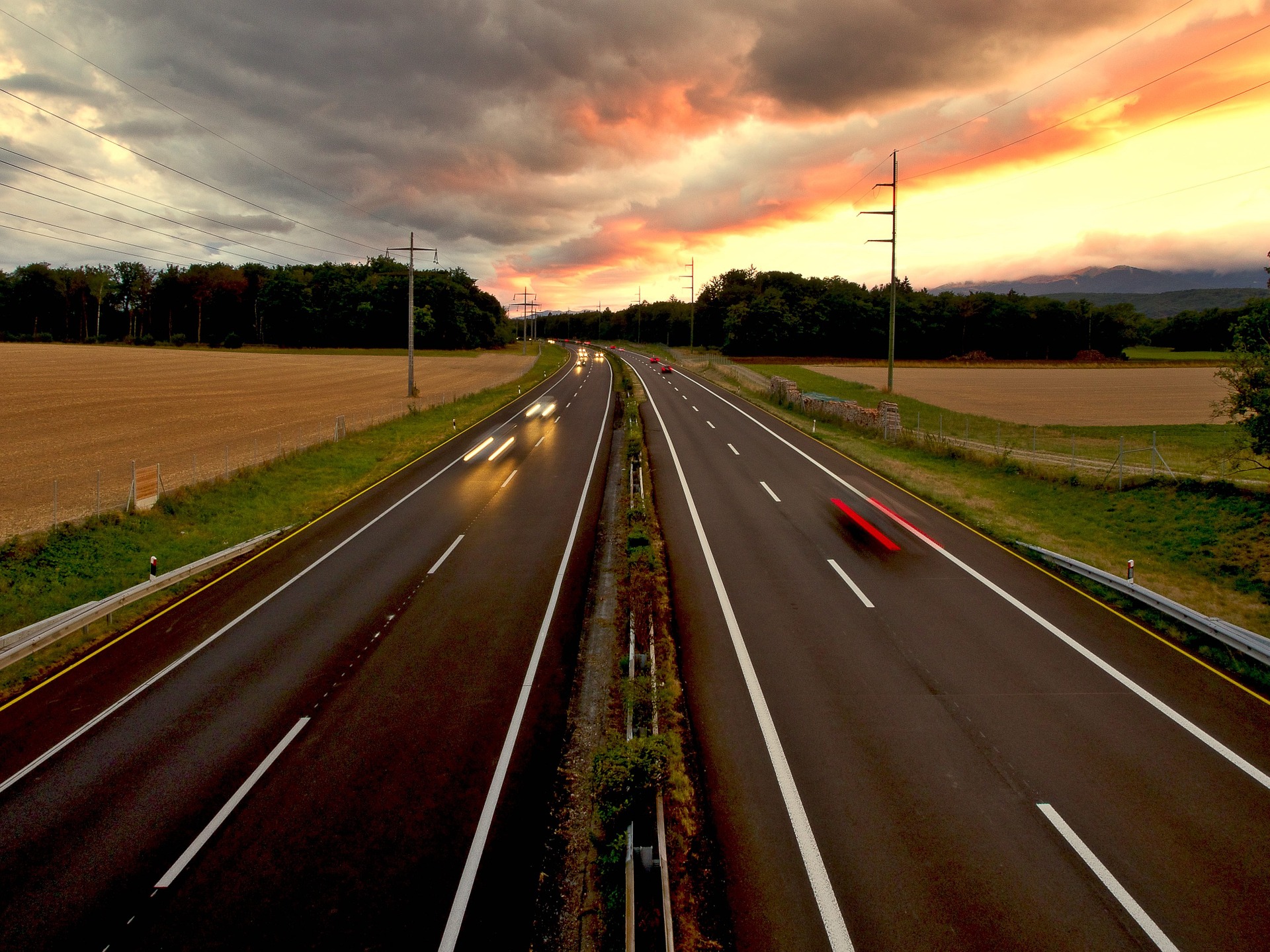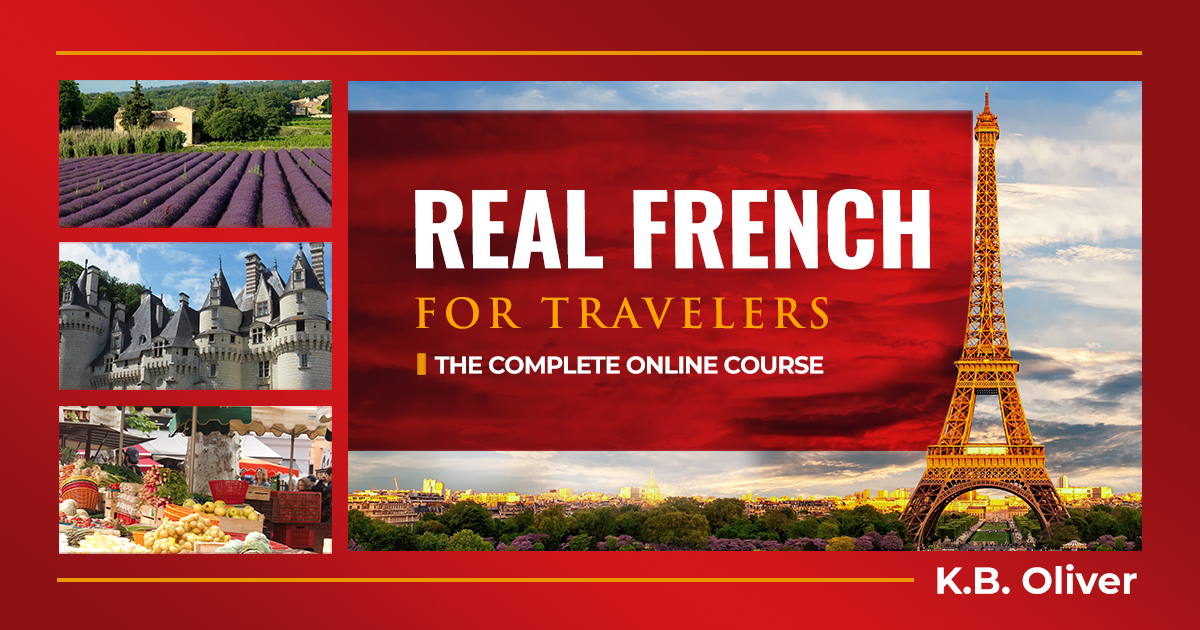At some point in your France travels you’ll likely want to rent a car. Driving in France is helpful for getting to those out-of-the-way detours in Brittany or Provence, and you certainly don’t want to miss those. And with a car, you aren’t bound by train schedules, as practical as they are. Before you hit the road, you should know the following LEGAL and PRACTICAL tips for driving in France.
Legal
- You must be 18 years old to drive in France.
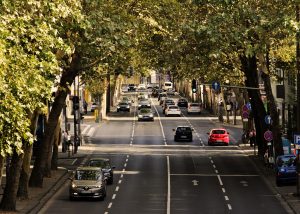
Driving in France
- You’ll drive on the right side of the road. If you are on a multilane highway, stay in the right lane unless you are passing.
- Be aware of international road signs. Here’s a link to summarize: (This is also a link to the agency of rentals I use.) Take a screenshot of the road signs here and keep it handy.
- It is illegal to talk on the phone (even with headphones) while driving in France. Radar detectors are illegal. Turning right at a red light is also illegal.
- If anyone in your car is not wearing a seatbelt you can be fined 135 E (almost $160). You can also get a ticket for failing to use your turn signal. (I wish we had that in the U.S.!)
- The speed limit on autoroutes in rural areas is 130 and during rain reduces to 110 km/p/h. If visibility is really bad it could go as low as 50 km/p/h. The normal speed limit outside a city is 90, so be aware of changes in the limit, since they can go down abruptly. You’ll frequently see the word “Rappel” which means “Remember” then the speed limit underneath.
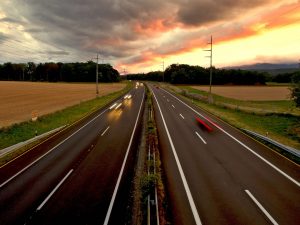
- Speeding: Take this seriously. France has a NO TOLERANCE policy on speeding, even a few kilometers over the limit. Don’t feel comfortable to speed if you don’t see police. There are cameras set up on many autoroutes and intersections and you will get a ticket in the mail up to two months later. The lowest fine might be 45 euros (over $50) and on up it goes. Then if you don’t pay, they augment the fee by double or triple (called majoration). Then your rental car company will also charge you an administrative fee of about 35 euros.
- Uphill traffic has the priority in the case of smaller roads. At all intersections, priority is to the right unless you see a stop sign on the right and a thick line painted on the pavement to indicate a stop sign. A sign that reads “Céder le passage” means you have to yield to the right.
- In the car, you’ll need some form of I.D. (your passport), proof of insurance, your license, and your rental car agreement. Helpful: red warning triangle, reflective jacket, etc. (You can buy a kit available online or in auto-related stores.)
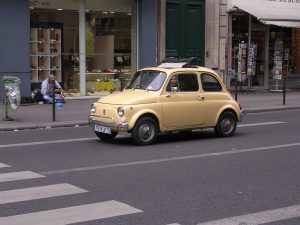
Practical
- Often it can be less expensive to arrange a rental car from the U.S. (or your home country.)
- When you need to pay to park on the street, you’ll use a Carte de Stationnement, a parking card you can get in a Tabac (a little shop with a red sign which sells tobacco products and lottery tickets and also parking cards.) You’ll put this card into the meter and it deducts the cost of your parking.
- Types of roads: Autoroutes are the big highways, usually toll roads. These are preceded by the letter A and have a blue sign. National roads are small white banner-type signs with the number in a red box on top of a white sign. (Map indications are also in red.) These often parallel autoroutes but are free. If you’re not in a hurry, they can be more scenic too. The white sign with a little yellow box with the number is a smaller departmental road. A yellow arrow-shaped indicates a detour (called a déviation.)
- A toll in French is called a péage. It’s a good idea to have cash on you, including change, for tolls, in case your particular card doesn’t work. Toll booths do accept cards (Visa, Eurocard Mastercard, Carte Bleue, or Cofinoga. Some of these are European cards.) You can calculate the amount of the tolls for your trip at this website. It is possible to get a TAG, which is like a road pass where you drive through (indicated by a T on the toll booth), but it’s more useful for European residents, who’ll pay an annual subscription. For more information click HERE.
- Brittany doesn’t have tolls!
- Many rental cars are equipped with a GPS at no extra cost while others aren’t and you need to rent one by the day (not a great option.) Another option is the one I chose, since I go to France regularly, to buy a GPS and install a French map. Michelin maps are great, too, and very detailed. Available by region.
Above all, be safe and have fun!
PS Here’s the car rental company I use every time I visit Europe.
I am an affiliate of AutoEurope, which means that if you rent a car through this banner, I’ll receive a small commission at no cost to you. I wanted to have this partnership with them because I can promote them in good conscience.


